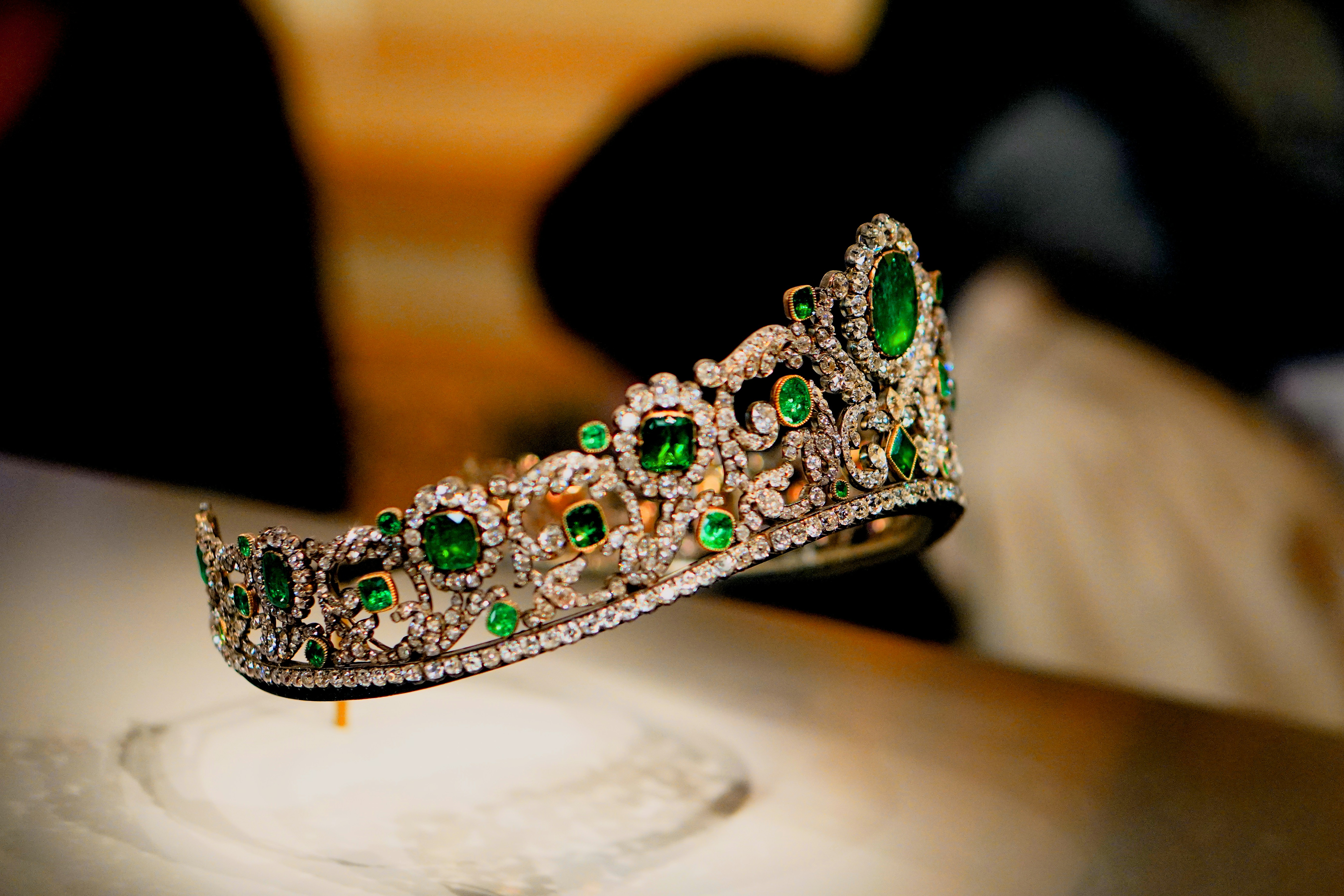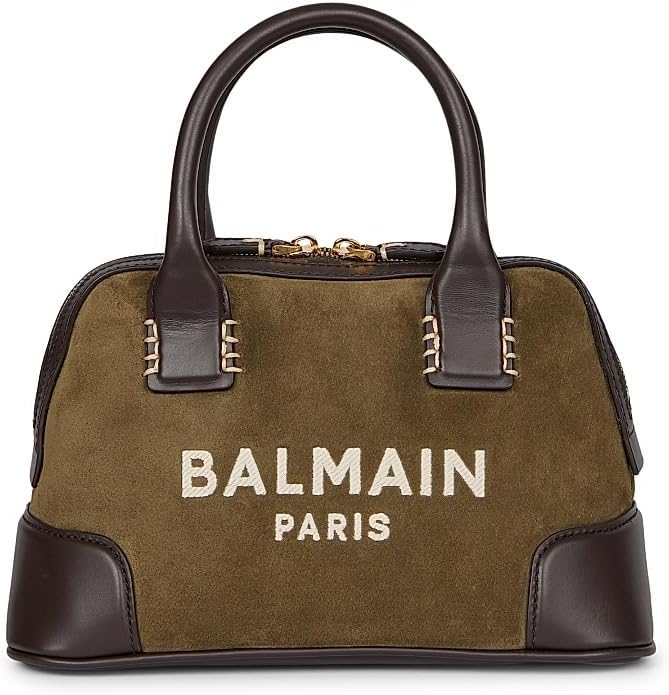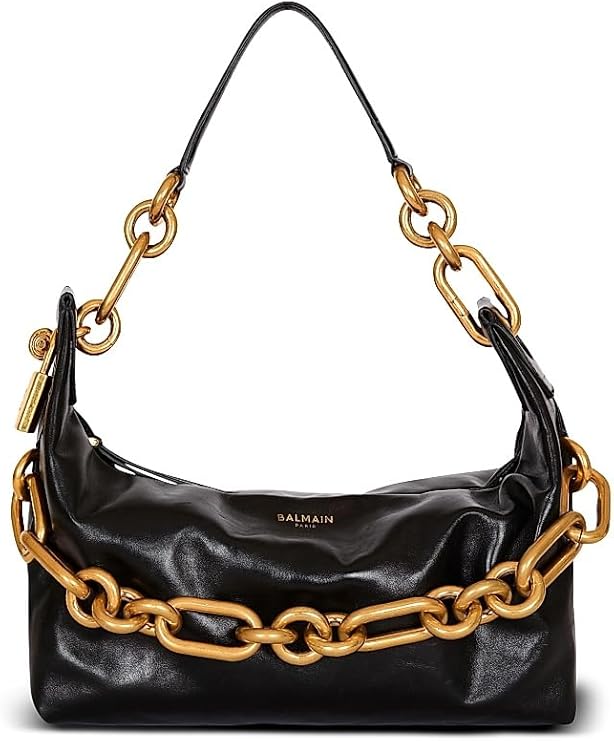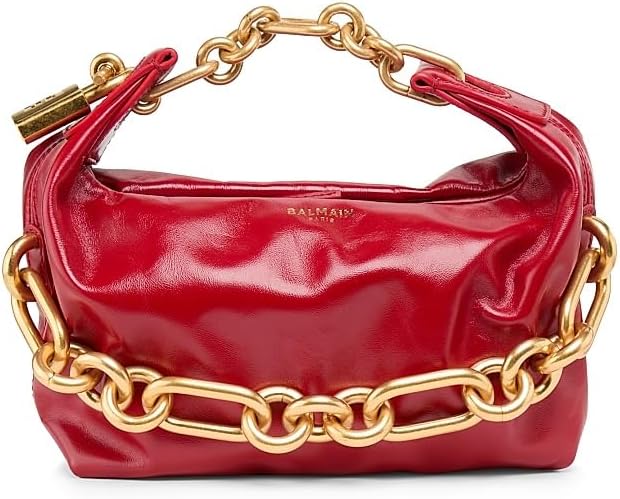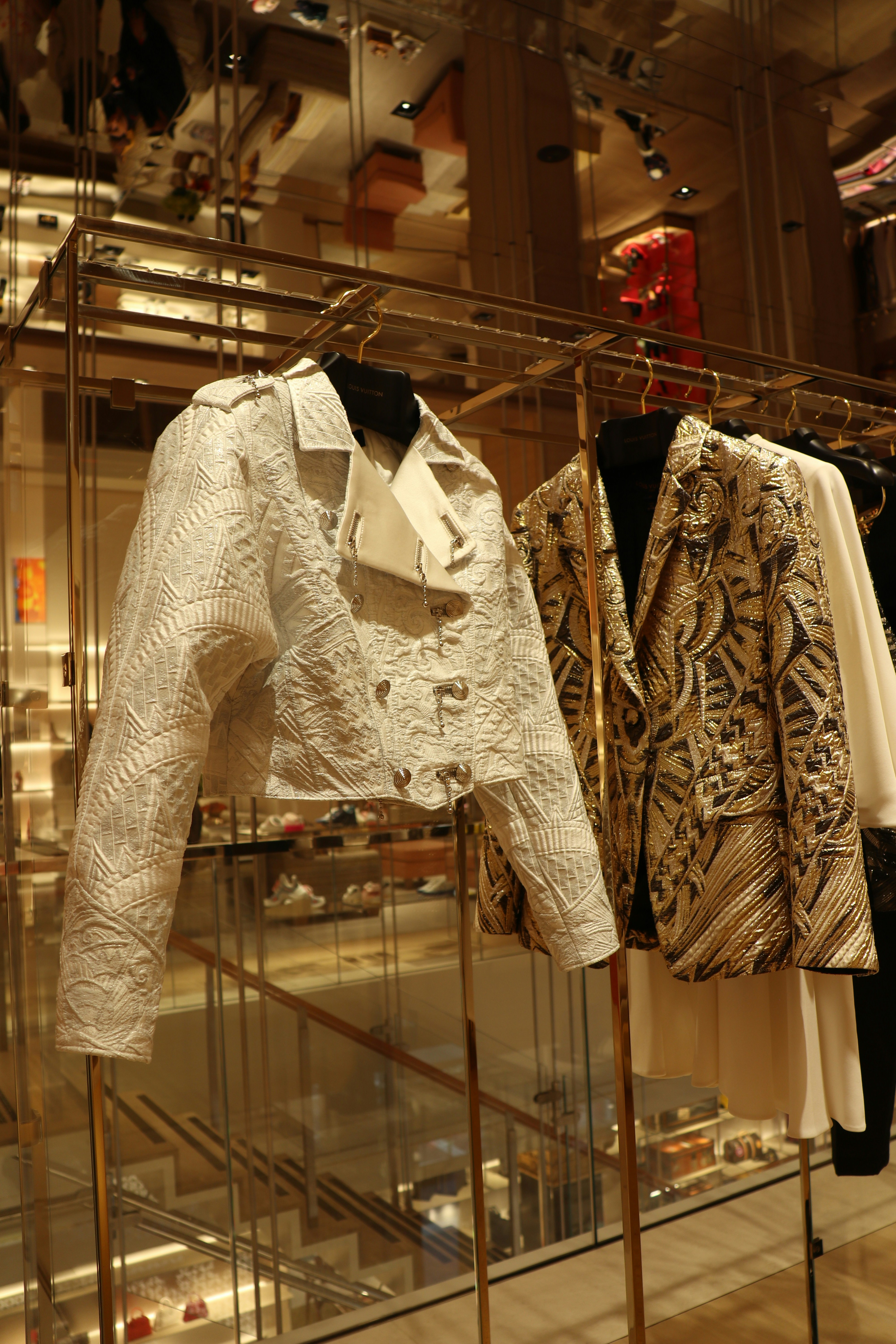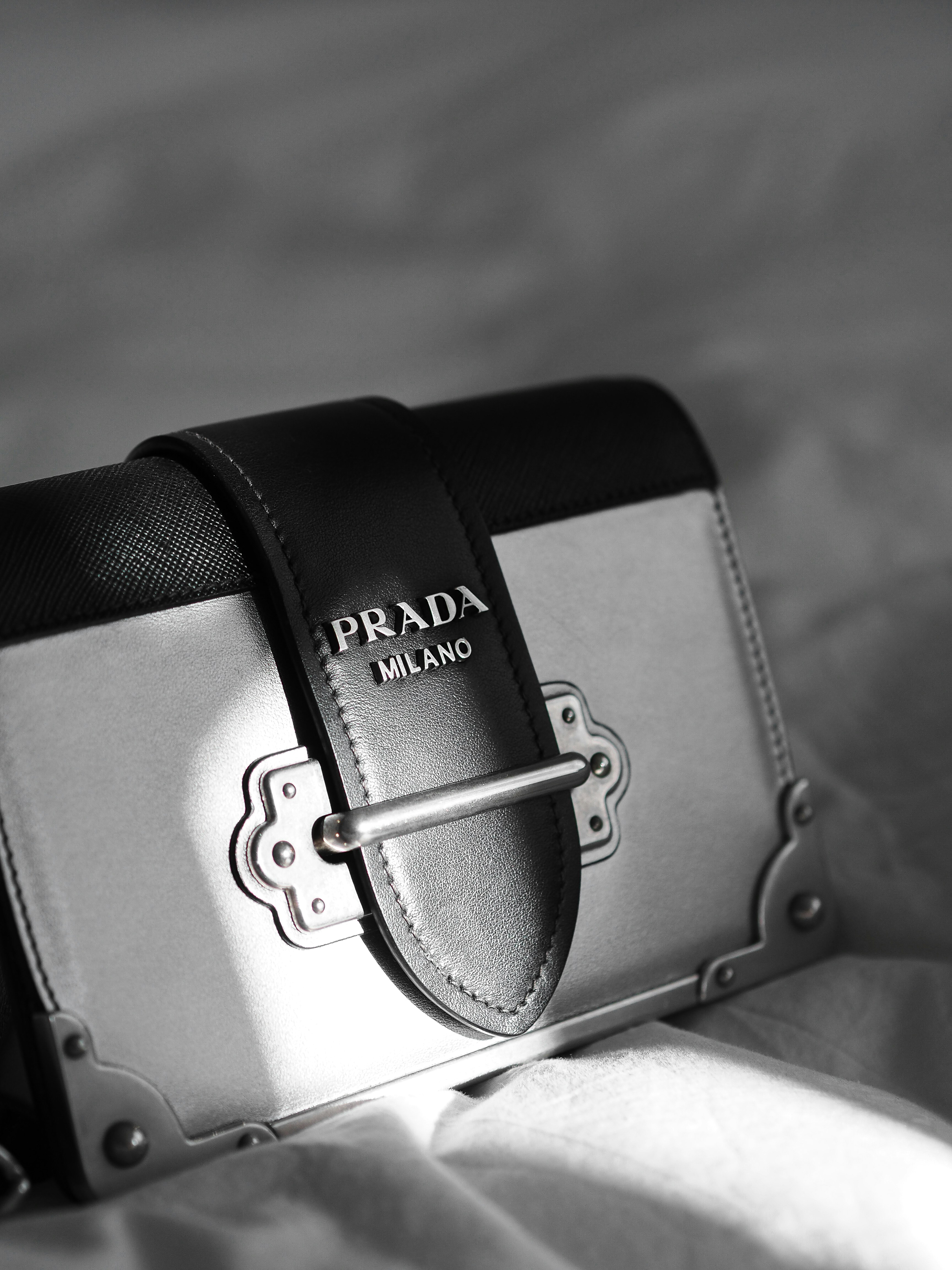Founded in 1780 by the visionary jeweler Marie-Étienne Nitot, Chaumet quickly established itself as a leader in luxury jewelry, particularly during the illustrious Napoleonic era. Recognized for its exquisite craftsmanship and innovative designs, Chaumet became the jeweler of choice for the French court, garnering attention from influential figures of the time.
One of the most significant patrons of Chaumet was Joséphine de Beauharnais, Napoleon’s first wife. Her admiration for the brand not only helped solidify Chaumet’s reputation but also influenced its design aesthetic profoundly. Joséphine’s love for nature and botanical themes provided inspiration for many of Chaumet’s pieces, allowing the jeweler to create unique designs that reflected the romantic ideals of the time. As Chaumet’s profile rose, the brand became synonymous with elegance and grandeur, particularly through the creation of stunning tiaras that adorned the heads of aristocracy.
The apex of Chaumet’s influence came with the establishment of iconic styles that embodied the opulence and sophistication of the Napoleonic court. The tiaras became emblematic of the brand’s craftsmanship, showcasing intricate details and innovative use of materials. This period not only saw Chaumet flourish as a luxurious choice for jewelry but also marked its journey towards becoming a household name synonymous with French luxury jewelry.
Following the Napoleonic era, Chaumet continued to thrive by embracing avant-garde design philosophies that catered to the evolving tastes of society. Throughout the 19th and 20th centuries, the brand remained at the forefront of high jewelry, consistently pushing the boundaries of creativity and artistry in its pieces. Today, Chaumet stands as a testament to a rich heritage, where the spirit of the Napoleonic era lives on through its enduring and timeless designs.
Symbolism in Chaumet Jewelry: The Art of Storytelling Through Design
Chaumet jewelry is renowned not only for its artistry but also for the profound symbolism inherent in its designs. Each piece serves as a narrative, often reflecting emotions and personal stories of the wearers. Flowers, hearts, and various natural forms are recurring motifs that embody themes of love, beauty, and nature, showcasing the brand’s commitment to storytelling through its intricate craftsmanship.
The use of floral motifs, for instance, can be traced back to the Napoleonic period, a time when flowers symbolized not only romance but also status. The design of the cherished “Bijoux de Circé” collection, adorned with delicate depictions of roses and violets, illustrates this notion vividly. Roses traditionally represent love and passion, while violets convey modesty and fidelity. This duality enriches the emotional depth of the jewelry, allowing wearers to convey their feelings through a tangible and beautiful art form.
Hearts are another potent symbol within Chaumet’s collections. Signifying love and affection, heart-shaped designs encapsulate the essence of romantic relationships, often commemorating milestones such as engagements and anniversaries. The craftsmanship involved in creating these pieces is meticulous, with the aim of evoking genuine emotions and memories. During the Napoleonic era, such symbols were particularly significant, reiterating the importance of love and connections during tumultuous times.
In contemporary jewelry design, these classic symbols continue to resonate. They bridge the historical roots of Chaumet with modern sensibilities, appealing to a new generation of wearers who appreciate not only the aesthetic beauty but also the rich narrative behind each creation. The elegant amalgamation of historical symbolism and modern design ensures that Chaumet jewelry remains timeless, fostering connections across generations through meaningful stories beautifully told through art.
The Joséphine Tiara: A Legacy of Royal Glamour
The Joséphine Tiara, an iconic piece of jewelry from Chaumet, exemplifies the rich interplay between history, elegance, and power. Created in the early 19th century, this exquisite tiara pays homage to Empress Joséphine de Beauharnais, the first wife of Napoleon Bonaparte, who was renowned for her discerning eye for exquisite jewels. The tiara features a harmonious blend of brilliant-cut diamonds set in white gold, with floral motifs that convey the delicacy and grace characteristic of Parisian design. Its intricate craftsmanship reflects the artistry that Chaumet is celebrated for, demonstrating how fine jewelry can serve as both adornment and a historical narrative.
The tiara’s design is not merely a showcase of stunning materials but also serves as a symbol of royal glamour. The floral elements, reminiscent of the natural beauty that Joséphine cherished, epitomize the connection between nature and sophistication. It was reported that Joséphine favored this piece, wearing it at significant occasions that solidified her status within the French elite. The Joséphine Tiara became synonymous with royal events, symbolizing not just personal taste but also the wealth and power associated with nobility during the Napoleonic era.
Anecdotes abound concerning the tiara’s impact on royal gatherings, where it often graced the heads of prominent figures, enhancing their grandeur. For example, it stood out during formal soirées, encapsulating the romantic essence and the playful yet authoritative roles women played in society at the time. These moments capture the intersection of romance and power, illustrating how jewelry can have narratives that extend beyond simple ornamentation. The Joséphine Tiara continues to be a testament to the timeless elegance that Chaumet embodies, securing its place as a cherished artifact of royal legacy.
Chaumet Today: Luxury and Innovation Under LVMH
Chaumet has firmly established itself as a leader in the luxury jewelry market, particularly since its integration into the LVMH conglomerate. This affiliation with one of the world’s foremost luxury goods groups has facilitated substantial growth and creative freedom for the brand, allowing it to evolve while remaining devoted to its rich heritage. Despite the modern changes in the luxury landscape, Chaumet continues to uphold its historical identity, carefully weaving its past into fresh and innovative designs that resonate with contemporary tastes.
The blending of traditional craftsmanship with cutting-edge technology is at the heart of Chaumet’s current strategy. Utilizing advanced techniques such as 3D printing and computer-aided design has enabled the brand to refine the intricate details of its pieces while ensuring a higher level of precision. This commitment to modernization extends beyond design; Chaumet has also embraced sustainable practices in its production processes. By sourcing ethical materials and employing environmentally conscious methods, the brand appeals to an increasingly ecologically aware consumer base, ensuring that its luxury offerings align with the values of today’s discerning customers.
Recent collections and collaborations illustrate the brand’s innovation while paying homage to its legacy. For instance, the new line “Jardin des Délices” reflects a contemporary interpretation of nature’s beauty, featuring delicate floral motifs crafted with exceptional artistry. Such designs not only highlight the exquisite craftsmanship expected from Chaumet but also engage a younger demographic that craves authenticity and uniqueness in their jewelry choices. Through thoughtfully designed pieces and strategic partnerships, Chaumet successfully engages a new generation of jewelry enthusiasts, ensuring that its legacy of timeless elegance continues to thrive in an ever-evolving market. In conclusion, as Chaumet navigates the luxury landscape under LVMH, it embodies a harmonious blend of heritage, innovation, and sustainability, solidifying its status as a profound symbol of elegance.

